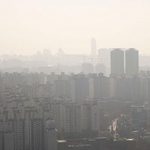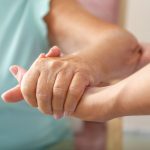
A new treatment appears to reduce food allergies in children and teens, according to interim clinical trial results. A lab-made monoclonal antibody called omalizumab (Xolair) significantly increased the amounts of common foods that children could eat without sparking an allergic reaction, the U.S. National Institute of Allergy and Infectious Diseases (NIAID) reported. The U.S. Food and Drug Administration is now reviewing an application for omalizumab to treat food allergies, based on these interim results. The data was collected on 165 children ages 17 and younger who have an allergy to peanut and at least two other foods, NIAID said in a news release. Those who received omalizumab injections could consume more peanut, egg, milk and cashew products without allergic reactions than those who received a placebo jab, results showed. Kids receive the drug in biweekly or monthly injections, according to an NIAID description of the clinical trial. These first-stage results have given NIAID the confidence to launch the next stage of clinical trials, which will be conducted at 10 locations across the United States. Omalizumab has already been approved by the U.S. Food and Drug Administration to treat allergic asthma, chronic hives and nasal polyps, according to the Cleveland Clinic. In 2017, a small study of 48 people found that 83% of participants could consume 2 grams of two food allergens after receiving omalizumab injections,… read on > read on >


















